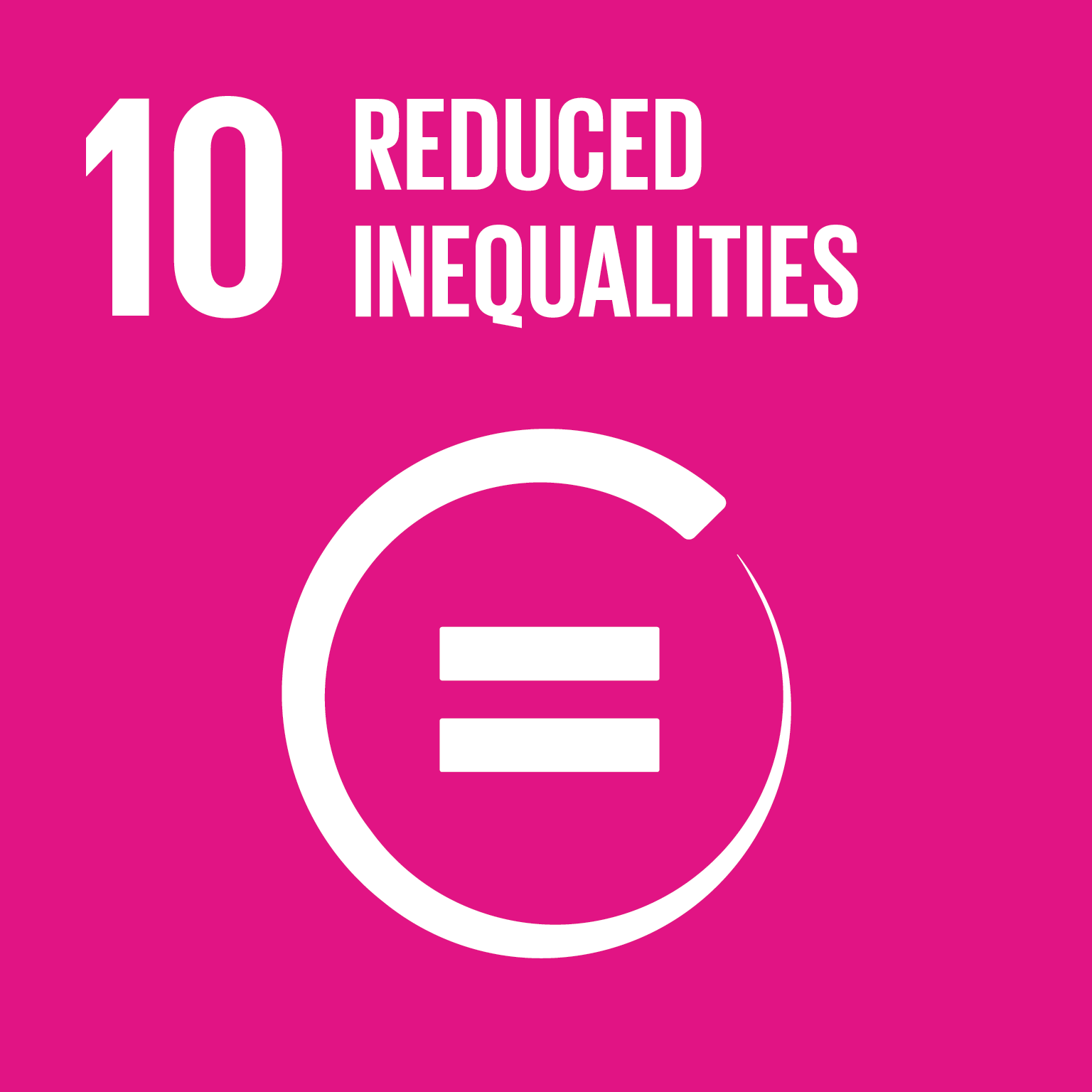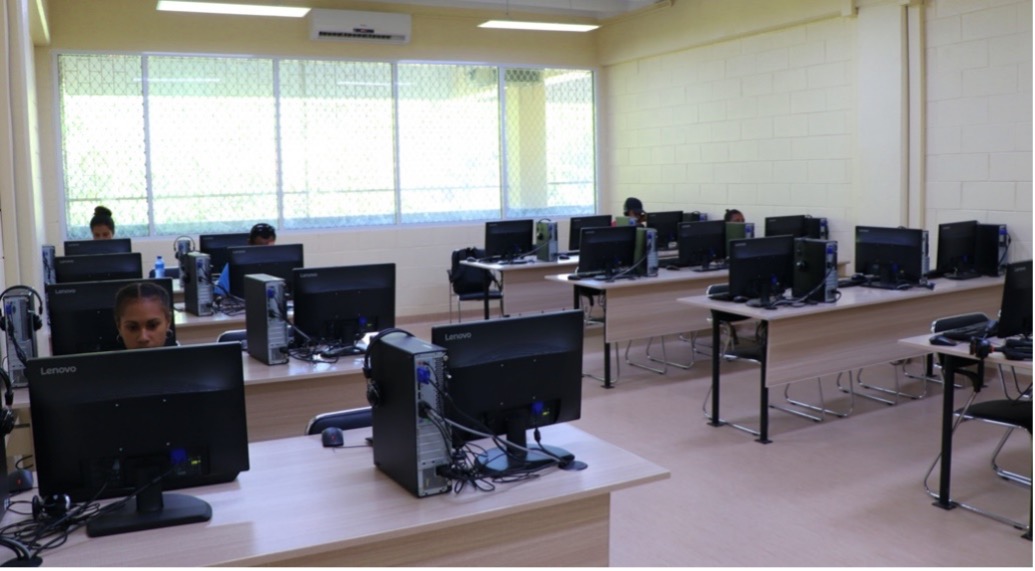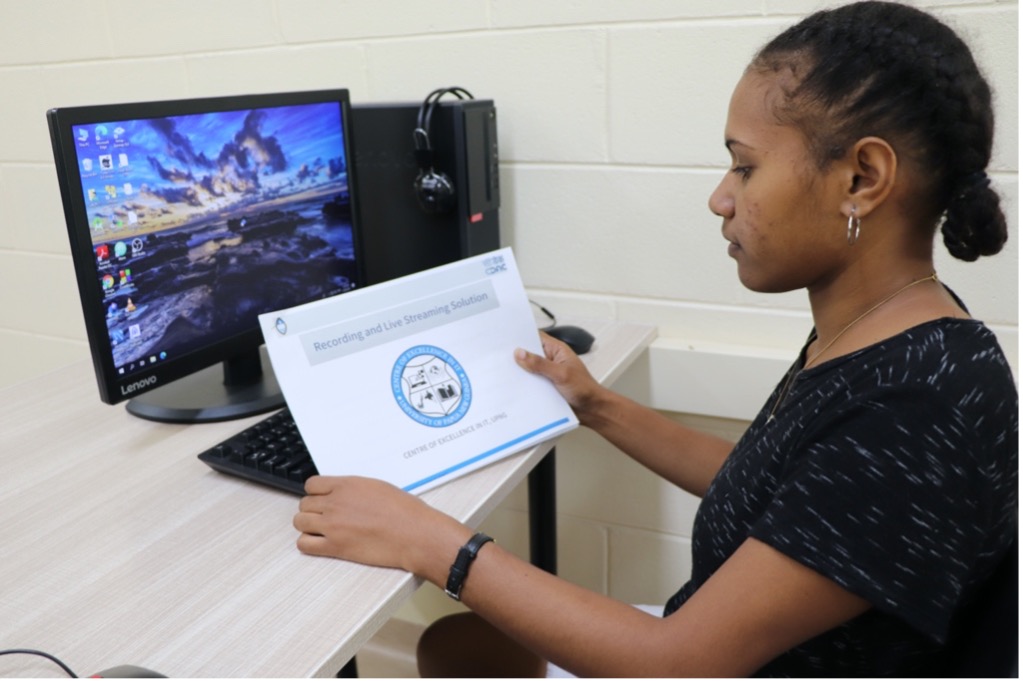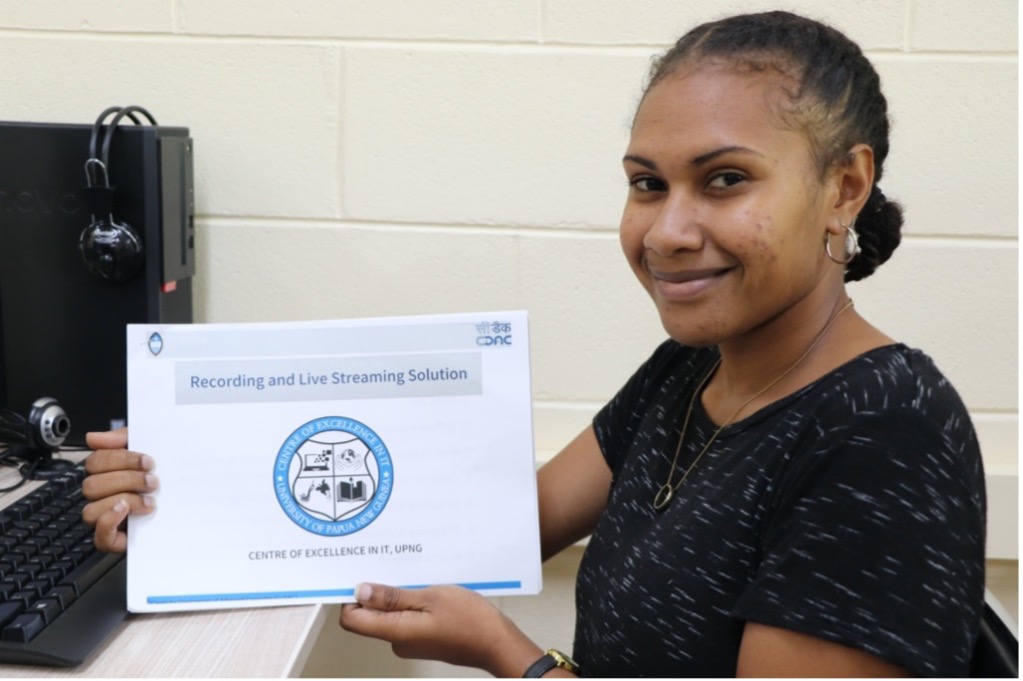 Strengthening the Centre for Excellence in Information Technology in Papua New Guinea
Improving economic opportunities for the youth by bridging academic preparation and skills requirements for employment in the ICT sector
Strengthening the Centre for Excellence in Information Technology in Papua New Guinea
Improving economic opportunities for the youth by bridging academic preparation and skills requirements for employment in the ICT sector

Challenges
Globally, internet and Information and Communication Technology (ICT) account for a growing proportion of Gross domestic product (GDP). In the Pacific, the use of these technologies is expected to benefit communities, creating 16,000 new jobs and raising the GDP by an estimated 6.2 percent1. The use of ICT in Papua New Guinea, however, has been relatively low in comparison with many of its neighbors, in part due to a lack of learning opportunities, qualified teaching staff and adequate teaching facilities.
Limited ICT capacities and use reduce opportunities for Papua New Guineans to enter the formal labour market, start e-businesses and for businesses to grow and prosper. The rapidly advancing ICT sector plays a pivotal role in reforming the ways traditional services are being delivered and ICT is extending support to the achievement of key Sustainable Development Goals (SDGs).
With over 50 percent of the population of Papua New Guinea being under the age of 25,2, the ICT sector is seen as a way of progressing social and economic opportunities for the growing urban youth populations. In addition, ICT is seen as a key opportunity for connecting the 85 percent of the population living in hard-to-reach rural areas of the country.
Towards a Solution
To address lower funding levels and a lack of adequately qualified teaching staff and adequate infrastructure and to expand the country’s ICT markets, the Government of Papua New Guinea, through the University of Papua New Guinea, developed an ICT learning facility in partnership withtheGovernmentofIndiaandUNDP.The project resulted in the official launch of the Centre for Excellence in Information Technology (CEIT) facility at the University of Papua New Guinea with the first learning opportunities commencing in March 2020, offering various courses ranging from seven to 18 weeks in length, including 12 unique certificate programmes.
The project supports Papua New Guinea in meeting its SDG targets, specifically SDG 4 to “ensure inclusive and equitable quality education and promote lifelong learning opportunities for all,” SDG 10 to “reduce inequality within and among countries,” and SDG 17 to “strengthen the means of implementation and revitalize the global partnership for sustainable development.” It addresses SAMOA Pathway priority of “sustained and sustainable, inclusive and equitable economic growth with decent work for all” by bridging academic preparation and skills requirements for employment in the ICT sector in Papua New Guinea, improving economic opportunities for youth.
The Centre for Development of Advanced Computing in India developed the concept design for the CEIT facility. South-South knowledge exchanges guided the installation of IT equipment at CEIT. This project exemplifies the potential of South-South cooperation in addressing development challenges through genuine partnerships among countries that are or have faced similar development challenges.
Embedding the facility in the country’s premier university ensures the facility will continue to receive funding and can act to leverage additional resources and ultimately increase its sustainability for future us- ers. Through this project, the need for ICT was recognized, and the Government of Papua New Guinea allocated PGK 4 million in its 2020 national budget to the University of Papua New Guinea where the CEIT is housed to extend the training facility to a wide group of professionals. The University of Papua New Guinea also announced its plan to extend the facility to other parts of the Pacific region and to Timor-Leste.
The CEIT facility helps Papua New Guinea meet its potential in the ICT sector. The project provided a venue for skills development and a model learning environment, including educational software, curriculum to support teaching staff and teaching facilities, to help ensure increased ICT capacity in the country for years to come. Such facilities in Papua New Guinea have increased interest among senior policymakers on how technology can be better used, not only for learning outcomes but to stimulate economic activity.
Contact Information
Countries involved
Supported by
Implementing Entities
Project Status
Project Period
Primary SDG
Primary SDG Targets
Secondary SDGs
Secondary SDG Targets
Similar Solutions
| NAME OF SOLUTION | Countries | SDG | Project Status | |
|---|---|---|---|---|
A Billion Brains: Smarter Children, Healthier Economies High Level Meeting on South-South Cooperation for Child Rights |
India, Papua New Guinea | 17 - Partnerships for the Goals | Completed | View Details |
Accelerating the Transformational Shift to a Low-Carbon Economy in Mauritius Towards supplying 35 percent of the country’s energy needs with renewables by 2025 |
India, Papua New Guinea | 05 - Gender Equality 09 - Industry, Innovation and Infrastructure 13 - Climate Action | Ongoing | View Details |
ACP Business-friendly Supporting business-friendly and inclusive national and regional policies, and strengthening productive capabilities and value chains |
India, Papua New Guinea | 08 - Decent Work and Economic Growth 17 - Partnerships for the Goals | Ongoing | View Details |
Addressing the Philippine Dairy Sector Challenges Exchanging knowledge between Argentina and the Philippines to improve Philippine local dairy production |
India, Papua New Guinea | 08 - Decent Work and Economic Growth 17 - Partnerships for the Goals | Ongoing | View Details |
Addressing the Transboundary Dimensions of the 2030 Agenda through Regional Economic Cooperation and Integration in Asia and the Pacific Promoting co-deployment of ICT and transport infrastructure corridors in Central Asia region |
India, Papua New Guinea | 09 - Industry, Innovation and Infrastructure 13 - Climate Action 17 - Partnerships for the Goals | Completed | View Details |


